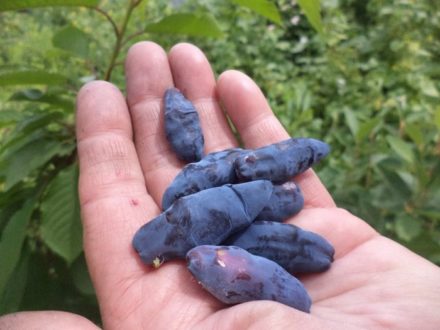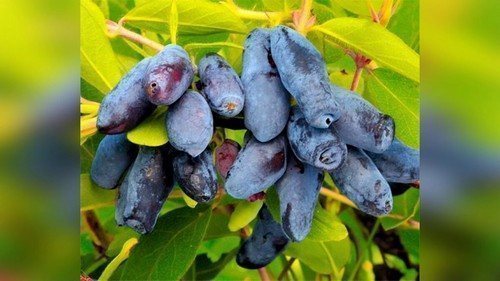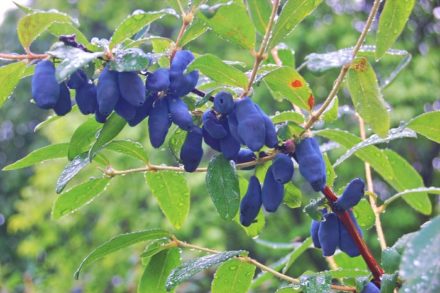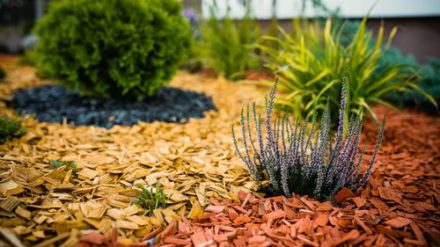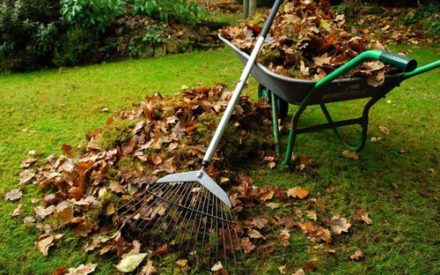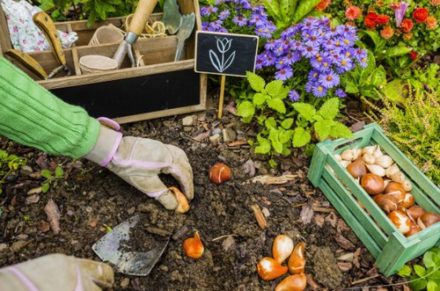Honeysuckle blooms and bears fruit first among the shrubs. These blue oblong berries contain all the vitamins a person needs after a long winter. To decorate your site with this picky shrub, you will need a minimum of effort and a couple of secrets. The optimal time for planting is September.
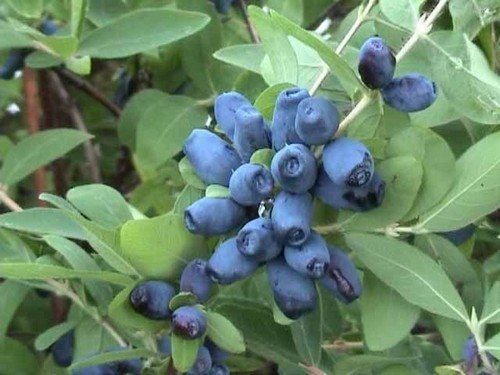
What should a seedling be like?
It is best to purchase a seedling that was grown in the climate zone where it will be planted. It is also important to know the specifics of this shrub. One plant will not bear fruit on a plot, as it is cross-pollinated. This means that you should plant up to 4 bushes and select paired varieties.
A well-developed root system is the first sign of successful planting material. There should be no dry or damaged branches on a young bush. There should be buds on the shoots (up to 3 pieces per branch). In total, on a bush up to 50 cm high, it is optimal to have no more than 5 branches. The age of the seedling for planting is 2 years.
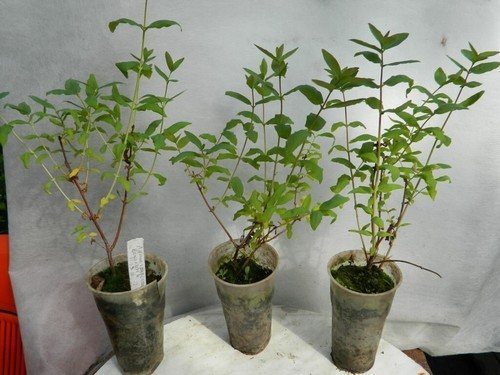
Where does honeysuckle grow?
The spring beauty requires a lot of light and does not like close groundwater. The soil needs to be fertile and the pH reaction needs to be neutral. Honeysuckle will wither on sandy soil. The place where the bush will grow must be protected from wind and drafts.
Planting pit
The hole must be prepared 5–6 days before planting. The average size of the planting hole is 40x40x40 cm. The distance between plants depends on the volume of the shrub:
- for short people - 1.5-2 m;
- tall ones are separated from each other by 3 meters.
A drainage layer 15 cm thick is laid at the bottom of the planting hole. Crushed stone, expanded clay (large fraction), broken brick (without sharp or cutting edges) are suitable for drainage.
Nutrient soil, compost (at least 2 buckets), 1 kg of ash and 50 g of superphosphate are used as a soil mixture. After filling the hole, water it generously with water.
Landing principle
On the day of planting, half of the prepared soil must be removed from the hole. To ensure proper distribution of roots, a mound of soil is made in the center of the hole. Next, a seedling is placed on a hill and the roots of the bush are distributed along the slopes. It is very important not to bury the root collar. To control, you can place a stick across the hole and align the root collar of the seedling with it. After installing the seedling, the roots are carefully covered with soil mixture and watered abundantly.
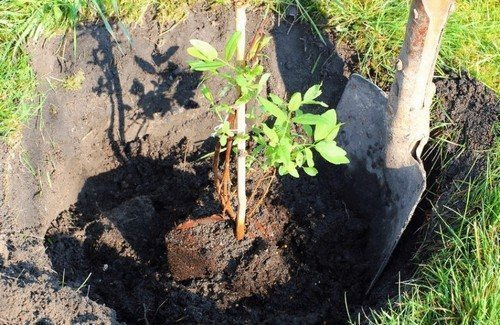
How to save a seedling
After planting, it is better to mulch the tree trunk circle with peat or bark. This will help retain moisture at the roots and protect the planting from unnecessary weeds. If September is dry, the bush is watered regularly. It is impossible to prune young shoots; this can cause growth retardation or completely destroy the plant.
With the onset of cold weather and the first frosts, watering stops. The root system of the shrub will be protected by a layer of mulch. Its thickness must be at least 15 cm.
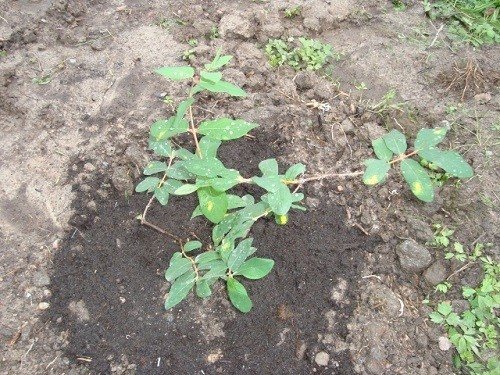
Such a charming bush will become a real decoration of the spring garden. Caring for it is not a burden, and it will reward you with a harvest in the second year after planting.


